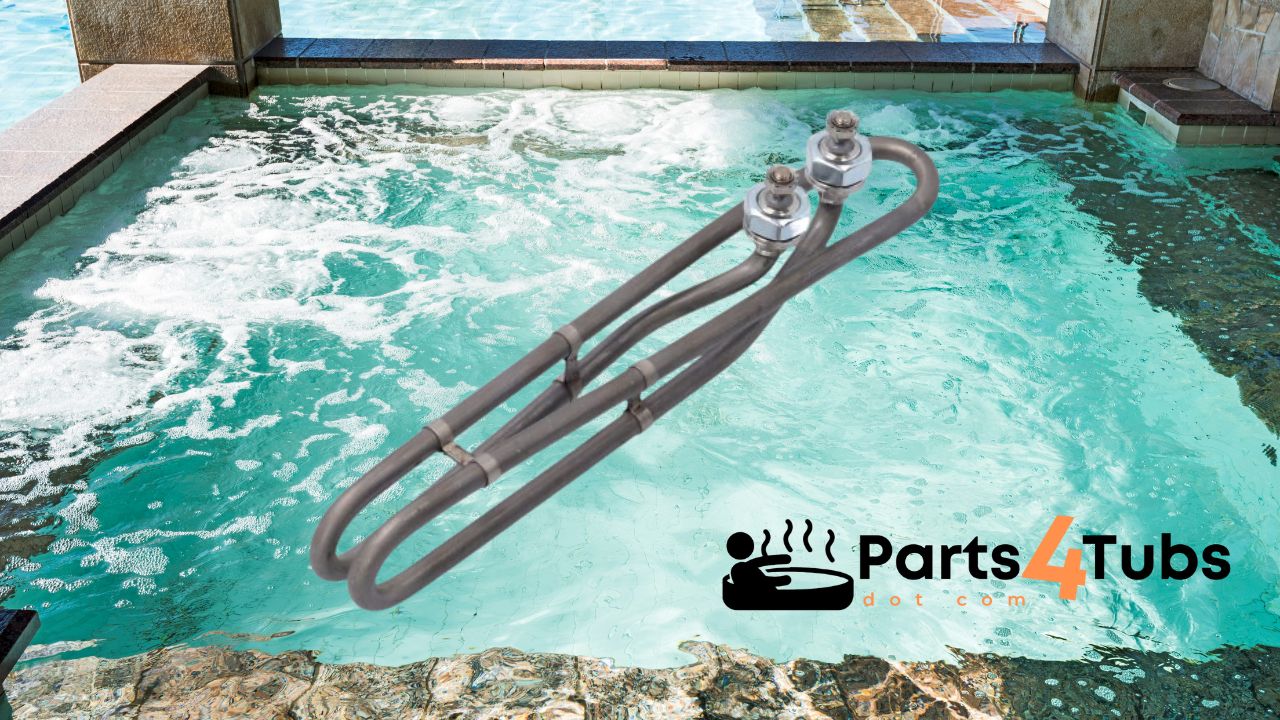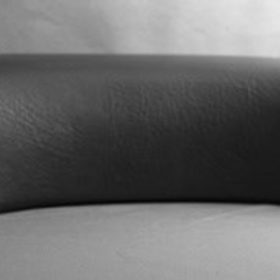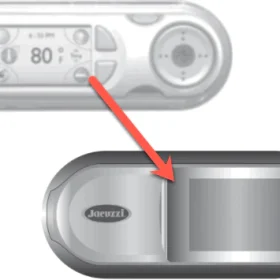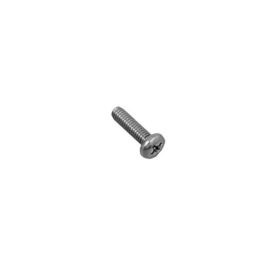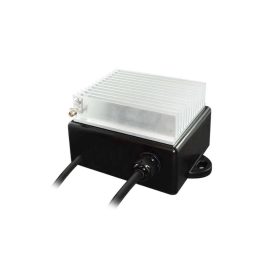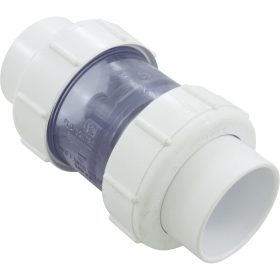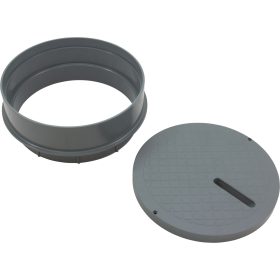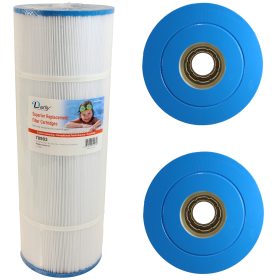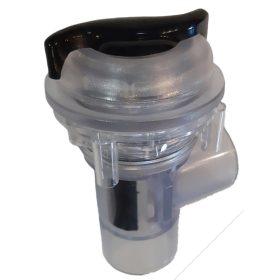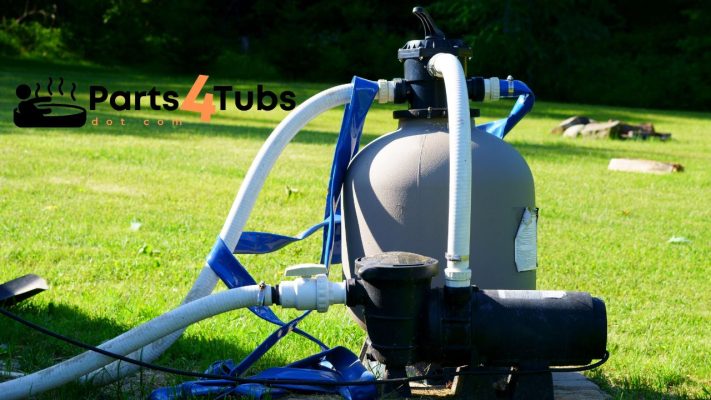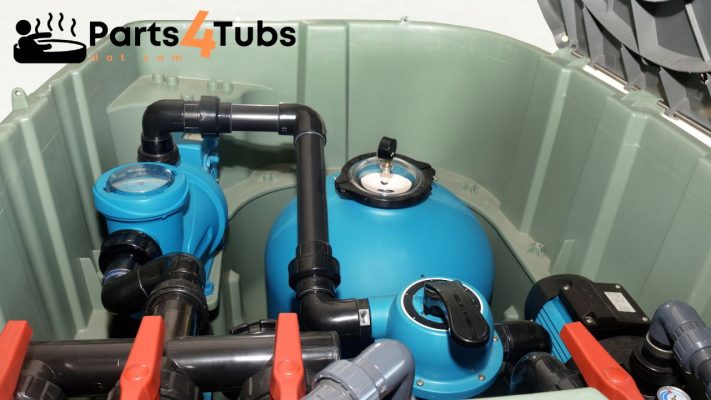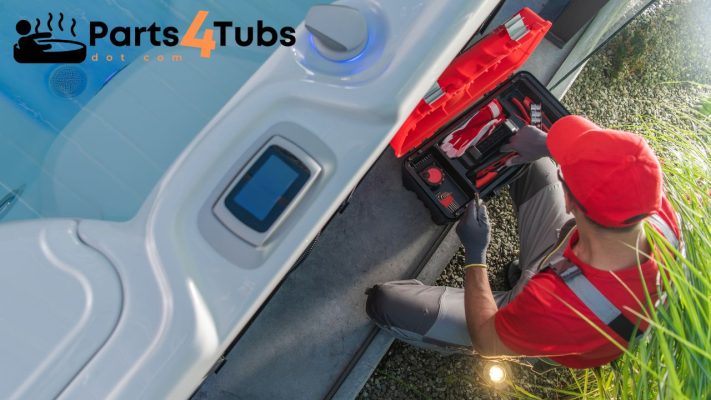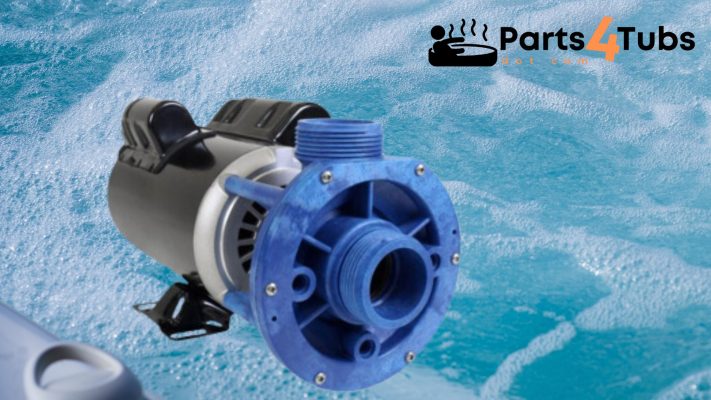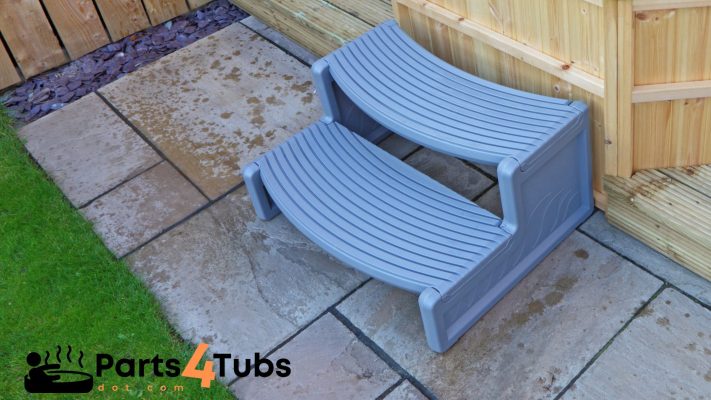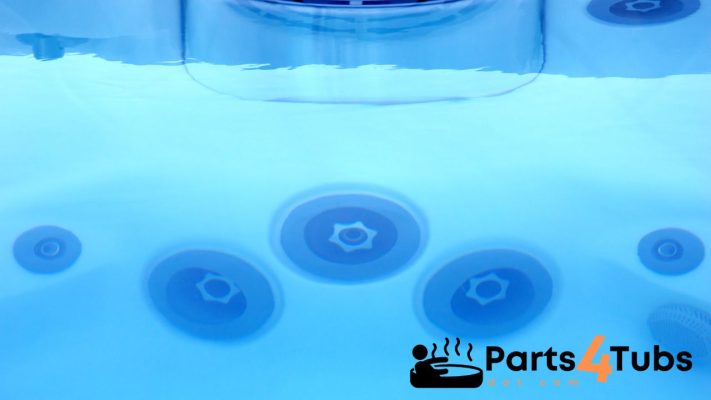Hot Tub Parts Related
Hot Tub Heater Element Replacement – Step-by-Step Guide
Hot Tub Heater Element Replacement – tell me how! Hey there, hot tub enthusiasts! I’m thrilled to share some valuable insights on hot tub heater element replacement with you. I’m Andi, a hot tub design consultant and the founder of Parts4Tubs.com, your one-stop online destination for all your hot tub part needs.
Today, we’re diving into the world of hot tub heater element replacement, an important aspect of hot tub maintenance that ensures optimal performance and enjoyable soaking experiences.
Whether you’re a DIY enthusiast or a hot tub owner in need of guidance, I’m here to provide expert advice on replacing your hot tub heater element. Let’s get started and discover how this simple yet crucial task can keep your hot tub running smoothly and efficiently.
What is a hot tub heater element?
A hot tub heater element is a vital component of your hot tub’s heating system. It is responsible for generating heat and raising the water temperature to create a soothing and comfortable soaking experience.
The heater element is typically located inside the hot tub’s spa pack or control box, and it consists of a heating element coil encased in a protective sheath. When electrical current passes through the coil, it heats up, transferring that heat to the water as it flows through the hot tub’s plumbing system.
The heater element plays a crucial role in maintaining the desired water temperature, allowing you to enjoy your hot tub in any season.
What are the different types of hot tub heater element?
When it comes to hot tub heater elements, there are different types available, each with its own characteristics and benefits. One popular type is the titanium heater element. Titanium is known for its excellent resistance to corrosion, making it a durable and long-lasting option for hot tubs. Titanium heater elements can withstand the harsh chemicals and high temperatures commonly found in hot tubs, ensuring their reliability and longevity.
In terms of kilowatt output, hot tub heater elements come in various power ratings, typically ranging from 1 kW to 5.5 kW or higher. The kilowatt rating determines the heating capacity of the element and how quickly it can raise the water temperature. Higher kilowatt ratings are suitable for larger hot tubs or for those who prefer faster heat-up times. However, it’s important to consider the power requirements of your hot tub and ensure that the electrical infrastructure can support the chosen kilowatt output.
The choice of the heater element type and kilowatt rating depends on factors such as the size of your hot tub, the desired heat-up time, and your energy efficiency preferences. Titanium heater elements are an excellent choice for their durability and resistance to corrosion, ensuring a long lifespan for your hot tub’s heating system. Additionally, higher kilowatt ratings can provide faster heating, ideal for those who want their hot tub to reach their desired temperature quickly.
When selecting a hot tub heater element, it’s essential to consider compatibility with your specific hot tub model and consult the manufacturer’s guidelines. At Parts4Tubs.com, we offer a wide range of hot tub heater elements, including titanium options, with various kilowatt ratings to meet your specific needs. Choosing the right heater element will ensure efficient heating and a satisfying hot tub experience.
Hot Tub Heater Element Replacement; What are the symptoms a hot tub heater element needs replacing?
There are several symptoms that may indicate a hot tub heater element needs replacing. Here are some common signs to watch out for:
Inadequate Heating:
If you notice that your hot tub water is not reaching the desired temperature or is taking much longer to heat up than usual, it could be a sign of a failing heater element. The element may not be generating enough heat or may be malfunctioning, resulting in insufficient heating of the water.
Fluctuating Temperature:
If the hot tub water temperature fluctuates inconsistently, going from hot to cold or vice versa, it could indicate a problem with the heater element. It may be struggling to maintain a steady temperature due to a damaged or faulty element.
No Heating: If your hot tub water remains cold even when the heater is running, it’s likely that the heater element has failed completely. This can occur due to a burnt-out element or a break in the electrical connection.
Tripping Breakers:
If the hot tub’s electrical breaker frequently trips or the GFCI (Ground Fault Circuit Interrupter) is constantly triggered, it could be a sign of a faulty heater element. Electrical issues within the element can cause short circuits or excessive power draw, leading to breaker trips.
Visible Damage:
Inspect the heater element visually for any visible signs of damage, such as cracks, breaks, or corrosion. Physical damage to the element can affect its performance and reliability.
It’s important to note that these symptoms can also be indicative of other hot tub issues, such as problems with the thermostat or the control board. Therefore, it’s recommended to consult a hot tub professional or refer to the manufacturer’s troubleshooting guide to accurately diagnose the cause of the problem.
If you suspect that the heater element is the culprit behind the issues you’re experiencing, it may be necessary to replace the element. Consult the manufacturer’s guidelines and specifications to ensure you select the correct replacement element for your hot tub model.
At Parts4Tubs.com, we offer a wide range of hot tub heater elements, including compatible options for various hot tub brands and models. Replacing a faulty heater element will help restore proper heating performance and ensure an enjoyable hot tub experience.
Control System, Balboa, BP Series, BP2000G1, 5.5KW, 800 INC, BP2X, WiFi Capable | ||
Pillow, Standard, 1918, Dark Gray, 18 Ft Swim Spa | ||
Spaside Control, Sundance J400, 2-Pump w/OH | ||
Screw, Pump Faceplate, #8-32 x 5/8" Aqua-Flo | ||
Control Box, CG Air EVO2, Combined/Light Configuration -230V/60Hz - Pump, P1 Female Plug / Blower, B2 / Power Supply, Cc 12/3 Water Detector Type: D1 | ||
This is the regular freight cost. If you have been sent this link, then your oder has qualified for the regular shipping cost. This can be to areas outside of congruous USA like Hawaii for example.
Add this product to your cart where you can pay the freight of $19.50.
Thanks - Andi
| ||
Hot Tub Heater Element Replacement; What can cause a hot tub heater element to go bad?
Several factors can contribute to the deterioration or failure of a hot tub heater element. Here are some common causes:
Build-up of Scale and Mineral Deposits:
Over time, minerals and scale can accumulate on the surface of the heater element. This build-up can reduce the element’s efficiency and hinder heat transfer, leading to overheating and potential damage.
Chemical Imbalance:
Imbalanced water chemistry, particularly high levels of calcium, can contribute to the formation of scale on the heater element. Excessive chemicals or improper water balance can corrode the element, weakening its structure and causing it to fail prematurely.
Improper Water Maintenance:
Inadequate water maintenance practices, such as irregular cleaning or improper sanitization, can result in poor water quality. Contaminants, debris, and organic matter in the water can settle on the heater element, obstructing its operation and potentially causing damage.
High Water Flow and Pressure:
Excessive water flow or high water pressure can put undue stress on the heater element. This increased strain can lead to mechanical failure or even physical damage to the element.
Electrical Issues:
Problems with the electrical supply or wiring can impact the performance and lifespan of the heater element. Issues such as power surges, voltage fluctuations, or faulty connections can cause the element to overheat, burn out, or fail altogether.
Age and Wear:
Like any other component, heater elements have a finite lifespan. Over time, the constant heating and cooling cycles, exposure to chemicals, and general wear and tear can degrade the element’s materials, leading to its eventual failure.
It’s important to regularly inspect and maintain your hot tub’s water chemistry, clean the element, and follow proper water care practices to minimize the risk of damage to the heater element.
Additionally, addressing any electrical issues promptly and ensuring the hot tub’s electrical system is in good condition can help prolong the life of the element.
If your hot tub’s heater element has gone bad, it’s essential to replace it with a compatible replacement element and address any underlying issues to prevent further damage and ensure the efficient operation of your hot tub’s heating system.
Hot Tub Heater Element Replacement; How do I replace a hot tub heater element?
Replacing a hot tub heater element is a task that requires careful attention and adherence to safety guidelines. Here is a step-by-step guide to help you through the process:
Preparation:
- Turn Off Power: Before starting any work, ensure that the power to the hot tub is turned off at the circuit breaker. This step is crucial for your safety and to prevent electrical shocks.
- Gather Tools and Materials: Collect the necessary tools and materials for the replacement, including a compatible replacement heater element, wrenches, screwdrivers, multimeter, and Teflon tape (if required).
Removal of Old Heater Element:
- Drain the Hot Tub: Completely drain the hot tub to a level below the heater element. Follow the manufacturer’s instructions or consult your hot tub’s manual for the proper draining procedure.
- Access the Heater Assembly: Remove any access panels or covers to reach the heater assembly. These panels are typically located near the equipment area of the hot tub.
- Disconnect Electrical Connections: Carefully disconnect the electrical connections from the old heater element. This includes disconnecting the power supply wires and any other wiring connected to the element. Take note of the wire colors and their corresponding terminals for reconnection.
- Remove the Mounting Hardware: Loosen and remove any mounting brackets, clamps, or screws holding the heater element in place. Keep track of the hardware for reinstallation.
- Extract the Old Heater Element: Gently slide or wiggle the old heater element out of its housing. Be cautious not to damage surrounding components or plumbing.
Installation of New Heater Element:
- Apply Teflon Tape (If Required): If your replacement heater element requires Teflon tape, wrap the threaded portion of the element with a few layers of tape in a clockwise direction. This will help create a watertight seal when installed.
- Insert the New Heater Element: Carefully insert the new heater element into the housing, aligning it with the mounting holes or brackets.
- Secure the Mounting Hardware: Reattach the mounting brackets, clamps, or screws to secure the new heater element in place. Ensure that it is firmly positioned and properly aligned.
- Reconnect Electrical Connections: Reconnect the electrical connections to the new heater element. Follow the color-coded wires and their corresponding terminals. Double-check the connections to ensure they are tight and secure.
- Test the Heater Element: Before proceeding, ensure that all electrical connections are properly secured. Turn on the power supply and test the heater element using a multimeter to verify voltage and resistance readings (if applicable). Refer to the manufacturer’s instructions for specific testing procedures.
- Close and Seal: Once the heater element is installed and tested, close the access panels or covers and ensure they are securely fastened.
- Refill the Hot Tub: Refill the hot tub with water, following the manufacturer’s instructions or consult your hot tub’s manual for the proper filling procedure.
- Restore Power and Test: Turn on the power supply at the circuit breaker and power up the hot tub. Monitor the heater element to ensure it is functioning correctly and producing heat.
Note: It’s essential to follow the manufacturer’s guidelines and consult your hot tub’s manual for specific instructions and safety precautions regarding the replacement of the heater element.
Conclusion
In conclusion, replacing a hot tub heater element is a task that can be accomplished with proper preparation, caution, and adherence to safety guidelines. By following the step-by-step process outlined above, you can successfully replace a faulty heater element and restore optimal heating functionality to your hot tub.
At Parts4Tubs.com, we offer a wide selection of high-quality hot tub heater elements to meet your specific needs. Whether you require a titanium element for its durability and resistance to corrosion or a different kilowatt output for your desired heating capacity, we have you covered. Explore our range of heater elements and other hot tub parts to ensure the longevity and optimal performance of your hot tub.
Happy Hot Tubbin’
Andi
Can I Help You?
If I can help you in any way I would love to hear from you. You can get in touch using the form below.
Thanks - Andi

